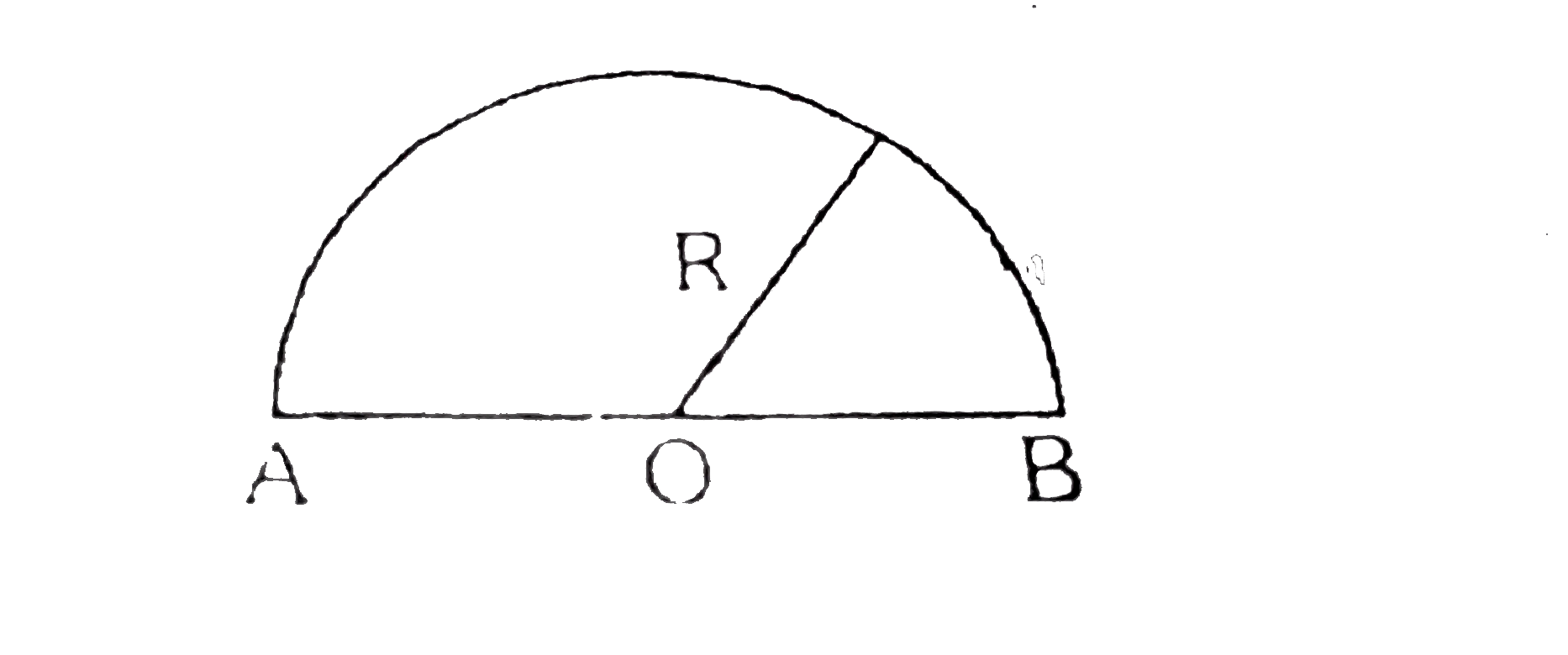Assertion: Two particles of different mass, projected with same velocity at same angles. The maximum height attained by both the particle will be same.
Reason: The maximum height of projetile is independent of particle mass.Solution in Gujrati
Statement-I is true, Statement-II is true, Statement-II is correct explanation for Statement-I
Statement-I is true, Statement-II is true, Statement-II is NOT a correct explanation for Statement-I
Statement-I is true, Statement-II is false
Statement-I is false, Statement-II is true.
The correct Answer is:A
Maximum height depends on the vertical component of velocity which is equal for both.
Topper's Solved these Questions
- KINEMATICSBOOK - ALLEN CHAPTER - KINEMATICSEXERCISE - Comprehension#1
3 Videos
- KINEMATICSBOOK - ALLEN CHAPTER - KINEMATICSEXERCISE - Comprehension#2
5 Videos
- KINEMATICSBOOK - ALLEN CHAPTER - KINEMATICSEXERCISE - EXERCISE-03
6 Videos
- ERROR AND MEASUREMENTBOOK - ALLEN CHAPTER - ERROR AND MEASUREMENTEXERCISE - Part-2(Exercise-2)(B)
22 Videos
- KINEMATICS (MOTION ALONG A STRAIGHT LINE AND MOTION IN A PLANE)BOOK - ALLEN CHAPTER - KINEMATICS (MOTION ALONG A STRAIGHT LINE AND MOTION IN A PLANE)EXERCISE - BEGINNER S BOX-7
8 Videos
Similar Questions
Distance is a scalar quantity. Displacement is a vector quqntity. The magnitude of displacement is always less than or equal to distance. For a moving body displacement can be zero but distance cannot be zero. Same concept is applicable regarding velocity and speed. Acceleration is the rate of change of velocity. If acceleration is constant, then equations of kinematics are applicable for one dimensional motion under the gravity in which air resistance is considered, then the value of acceleration depends on the density of medium. Each motion is measured with respect of frame of reference. Relative velocity may be greater/ smaller to the individual velocities.
A particle moves from A to B. Then the ratio of distance to displacement is :-

View SolutionA car is moving on a straight road. The velocity of the car varies with time as shown in the figure. Initially (at t=0), the car was at x=0, where, x is the position of the car at any time 't'.

The variation of acceleration (a) with time (t) will be best represented by :-
View SolutionThe equation of one dimensional motion of the particle is described in column I. At t=0, particle is at origin and at rest. Match the column I with the statement in Column II.
Column IColumn II(A)x=(3t2+2)m(p)Velocity of particle at t=1s is 8m/s(B)v=8tm/s(q)Particle moves with uniform acceleration(C)a=16t(r)Particle moves with variable acceleration(D)v=6t−3t2(s)Particle will change its direction some time
View SolutionA cube has a side of length 1.2×10−2m. Calculate its volume.
View SolutionA football player kicks a ball at an angle of 30∘ with an initial speed of 20 m/s. Assuming that the ball travels in a vertical plane, calculate (a) the time at which the ball reaches the highest point (b) the maximum height reached (c) the horizontal range of the ball (d) the time for which the ball is in the air, (g=10m/s2)
View SolutionAssertion: Two balls of different masses are thrown vertically upward with same speed. They will pass through their point of projection in the downward direction with the same speed.
Reason: The maximum height and downward velocity attained at the point of projection are independent of the mass of the ball.
View SolutionAssertion: The height attained by a projectile is twenty five percentage of range, when projected for maximum range.
Reason: The height is independent of initial velocity of projetile.
View Solutiontwo particles are projected upwards with the same initial velocity v_(0) in two different angles of projection such that their horizontal ranges are the same. The ratio of the heights of their horizontal ranges are the same. The ratio of the heights of their highest point will be
View SolutionTwo particles A and B are projected from the same point with the same velocity of projection but at different angles alpha and beta of projection, such that the maximum height of A is two-third of the horizontal range of B. then which of the following relations are true?
View SolutionA particle is projected from point A on the ground at an angle θ with horizontal. Another particle is projected from point B simultaneously from height 4H above point A with same velocity A and B are in the same vertical plane, where H is the maximum height attained by the particle A, Both the particle collide at the same time on the ground. Find the angle at which particle B is projected with hoizontal.
View SolutionThe objects x and y are projected from a point with same velocities , at angle 30 ^(@) and 60^(@) ,have their maximum heights attained in the ratio, the ratio of their maximum height attained.
View SolutionAssertion : Two balls of different masses are thrown vertically upward with same speed. They will pass through their point of projection in the downward direction with the same speed.
Reason: The maximum height and downward velocity attained at the point of projection are independent of the mass,of the ball.
View Solutionप्रक्कथन : विभिन्न द्रव्यमानों के दो कण समान वेग से तथा समान कोणों पर प्रक्षेपित किये जाते हैं। दोनों कणों द्वारा प्राप्त अधिकतम ऊँचाई समान होगी।
कारण : किसी प्रक्षेप्य की अधिकतम ऊंचाई उसके द्रव्यमान पर निर्भर नहीं करती।
View SolutionTwo particles from a fixed point 60^@ and 30^@ Are projected at angles of. The maximum heights of both particles are the same, the ratio of their launch velocities is
View SolutionTwo stones are thrown at the same velocity at different projection angles, their range is the same. If a stone which 30^@ Thrown at a projection angle of H attains the maximum height. Then the second stone is the highest height.
View Solutionदो कण A तथा B समान चाल से इस प्रकार प्रक्षेपित किए जाते हैं कि उनकी महत्तम ऊँचाईयों का अनुपात 3: 1 है। यदि कण A की चाल दोगुनी कर दी जाती है तब कण A तथा B की क्षैतिज परास का अनुपात होगा
View Solution
